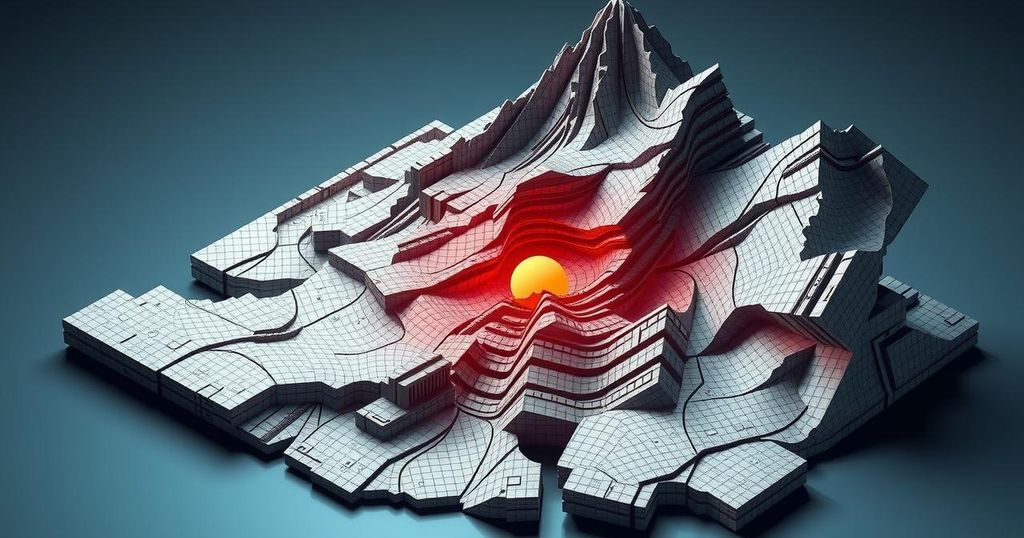In recent years, groundbreaking advancements in AI have transformed earthquake prediction methods. Researchers from the University of Texas developed DiTing, an AI system that can predict 70% of earthquakes, while Los Alamos scientists leveraged machine learning to identify subtle seismic signals. These developments enhance disaster preparedness and demonstrate AI’s potential to reshape global seismic monitoring.
The ability to accurately predict earthquakes has long been deemed elusive, compelling scientists to seek innovative solutions. Recent advancements in artificial intelligence (AI) signal a pivotal turning point in this field of study. Notably, researchers from the Jackson School of Geosciences at the University of Texas at Austin unveiled an AI system, DiTing, capable of forecasting up to 70% of earthquakes within a week, having achieved impressive results during its trials. Moreover, breakthroughs from Los Alamos National Laboratory emphasize the potential of machine learning to detect subtle precursors to seismic events, leading to proactive safety measures.
AI’s significant role extends to real-time analysis, offering communities critical insights for disaster readiness. By harnessing extensive seismic datasets, these intelligent systems not only enhance prediction capabilities but also facilitate faster response to seismic events. DiTing’s integration of data from the China Earthquake Observation Network exemplifies how technology can advance the effectiveness of earthquake monitoring, ultimately mitigating the risks associated with these natural disasters.
The strides being made in AI research are promising, suggesting that the dream of reliable earthquake forecasting might soon transpire into practical reality. Institutions like the University of Texas at Austin and Los Alamos National Laboratory exemplify the relentless pursuit of solutions to the challenges posed by unpredictable seismic activity. As the maturation of AI technology continues, the ongoing efforts in earthquake prediction heralds a transition from mere reactive measures to comprehensive proactive strategies, altering humanity’s interaction with such formidable natural phenomena.
Earthquakes represent one of nature’s most unpredictable and destructive forces, often resulting in devastating human and economic impacts. For decades, scientists grappled with identifying reliable methods to forecast the timing and magnitude of seismic events. Conventional predictive techniques have proven insufficient, prompting researchers to explore innovative technologies, particularly artificial intelligence. Recent breakthroughs highlight AI’s potential to synthesize vast amounts of data and extract meaningful patterns, offering hope for better forecasting and disaster preparedness.
The advancement of AI-driven earthquake prediction represents a remarkable leap toward safeguarding communities from the devastating effects of seismic activity. The successful trials of systems like DiTing at the University of Texas, and the innovative machine learning approaches at Los Alamos National Laboratory, signify the beginning of a new era in earthquake forecasting. As these technologies continue to evolve, they pave the way for a future wherein humans can proactively prepare for earthquakes rather than merely responding after the fact.
Original Source: indiaai.gov.in






